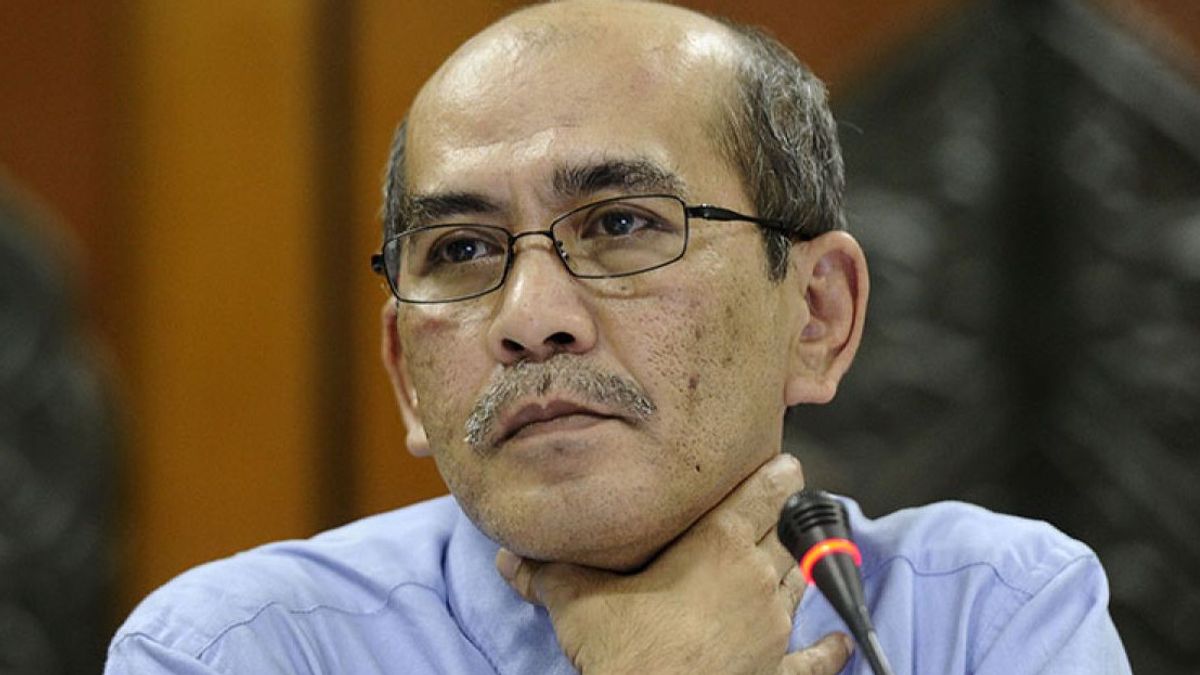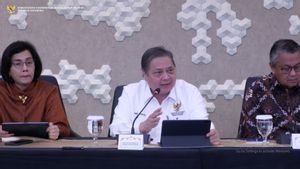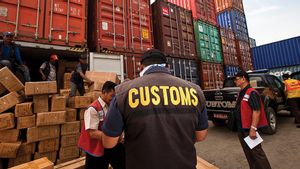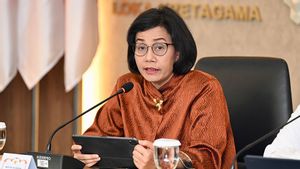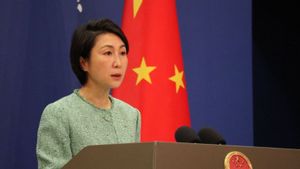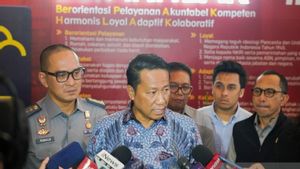JAKARTA - InDEF Senior Economist Faisal Basri said the downstream nickel policy in Indonesia only benefits China. Faisal said that the strategy implemented by Indonesia was only downstream and not industrialization.
"Unfortunately there is no industrialization strategy. There is a downstream policy. It's different," said Faisal at the 2023 INDEF Summit Seminar, Tuesday, August 8.
Faisal also explained the difference between industrialization and downstreaming. According to him, industrialization strengthens the economic structure, industrial structure and increases the value of domestic added value. Meanwhile, downstream is just changing from nickel ore to Nickel Pig Iron (NPI) or ferronickel.
"NPI and its ferronickel are 99 percent exported to China, so China's export downstream. So it actually supports industrialization in China. It's amazing," continued Faisal.
Previously, Indonesia had stopped exporting nickel raw materials in 2020, which drew a lawsuit from European Union countries in the World Trade Organization (WTO). Despite losing the lawsuit, President Jokowi emphasized that Indonesia should not back down.
President Jokowi also explained that the export value of nickel products from downstream has reached 33.81 billion US dollars or around IDR 504.2 trillion in 2022. This figure shows an increase of 745 percent from the export value in 2017.
According to a report from the United States Geological Survey Agency (USGS), Indonesia is the largest nickel producer in the world in 2022.
VOIR éGALEMENT:
World nickel production is estimated to reach 3.3 million metric tons by 2022, an increase of 20.88 percent from the previous year which reached 2.73 million metric tons.
Indonesia has managed to record its achievements as the number one nickel producer in the world with a total production of 1.6 million metric tons or contributing 48.48 percent of total global nickel production over the past year.
Not only that, Indonesia is also listed as the owner of the largest nickel reserves in the world in 2022 with a total of 21 million metric tons, accounting for about 21 percent of the total global nickel reserves.
The English, Chinese, Japanese, Arabic, and French versions are automatically generated by the AI. So there may still be inaccuracies in translating, please always see Indonesian as our main language. (system supported by DigitalSiber.id)
